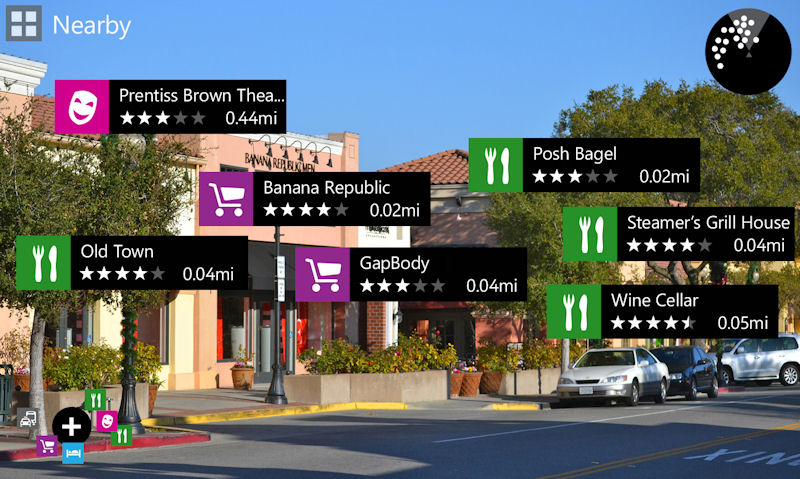Pino Bonetti, writing on Nokia Conversations, notes that turn-by-turn navigation is becoming a standard feature on smartphones:
At the same time navigation is a feature we expect to find in every smartphone. Think about it: would you ever buy a smartphone that doesn’t play music? The same rule is very quickly being applied to navigation too.
That explains part of the rationale behind Nokia Drive becoming the default navigation solution for Windows Phone (and therefore available too all manufacturers), but this raises the obvious question. How will Nokia differentiate its device in location services terms? Pino Bonetti notes that although Nokia Drive many not be exclusive to Nokia smartphones it will still be possible to differentiate:
First of all, navigation on Windows Phone 8 will be always exclusively provided by Nokia. Then by having the very closest, deepest integration possible. So watch this space for more apps and upgrades that become a seamless aspect of the overall Nokia Lumia experience.
Some of these apps, including Nokia City Lens and Nokia Public Transport are already available. However, they currently suffer from a lack of real integration with each other and the default mapping app (Bing) Maps. With Nokia providing the default mapping apps to Windows Phone it will be possible for the company to more tightly integrate addition services and apps into the platform.

The underlying idea here is that maps and navigation are increasingly being regarded by consumers as standard functionality that they expect to be present. That means if Nokia weren't willing to give up on exclusivity with Nokia Drive, Microsoft would be obliged to provide an option for its other Windows Phone licensees, which would go some way to negating the differentiation benefits of Nokia Drive.
By offering its own solution as the default option, Nokia is in a better position to offer additional apps and services that build on top of the default (platform) solution. Moreover platform features and third party apps will also be integrated with Nokia products. This contrasts with the situation in Windows Phone 7.5 where Nokia Maps and Nokia Drive feel like they've been bolted on and there's little horizontal integration between Nokia's location apps and no integration at all with third party app or platform features (e.g. tap directions from Local Scout and you go to Bing Maps not Nokia Maps).
This can also be explained as a movement in the value point for location experiences on smartphones. Basic mapping and navigation functionality is now a given, it has become commoditised, and consumers expect it to be available on any smartphone they might choose to buy. Therefore it's differentiation value has decreased, it still has some value, primarily around the quality of the implementation (e.g. offline maps), but that will be eroded over time. What's happening now is that the value point of differentiation is moving upwards, with the next battle around related services, and perhaps more importantly, location related third party apps. The basic mapping and navigation functionality can be thought of as a platform layer on top of which apps will run ("apps on maps").
In addition to being able to closely integrate additional appsof its own, the value for Nokia is being the provider of this location platform, with revenue potential from premium services, additional data and advertising solutions. Given the importance of location in linking the physical and digital worlds it's not hard to see how and why the location platform is going to be one of the most important parts in any computing platform.
Pino Bonetti explains this from Nokia's perspective:
By opening the location platform to the whole Windows Phone 8 ecosystem, we are differentiating Nokia as a company because we are the company most able to cover the location business on all levels. And we are promoting innovation because all Windows Phone 8 developers and manufacturers can build location-based experiences on top of our platform. As we’ve said before, success in the mobile sector today is all about platforms and ecosystems.
For Nokia the decision to "give away" Nokia Drive is driven by a desire to open (control) the location platform across the Windows Phone 8 ecosystem. Over the next few years that will be far more important that the benefits provided by an exclusive app. That desire to play a key role in the Windows Phone platform is significant in itself, but more importantly Nokia's ambition for its location platform (known as Nokia Where) extend far beyond mobile. It's already dominant in the automotive industry (90%+ market share) and is used in a large number of websites. Given Nokia's partnership with Microsoft it's not hard to imagine that it may play an important role in Windows more generically (tablets, laptop and PCs) in the future.
